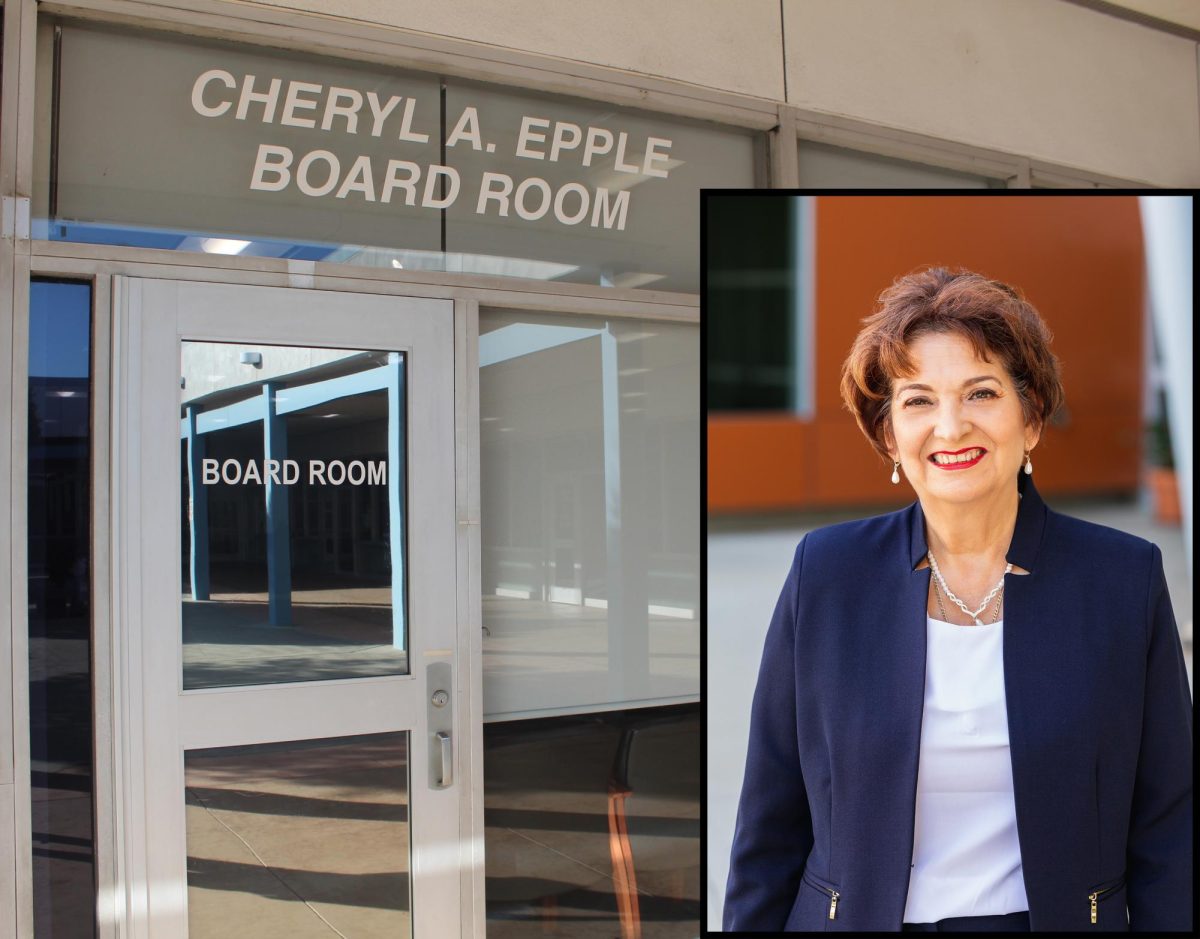Cerritos College has been given the opportunity to revise its student equity plan in order to help students along on their road to success.
According to the Chancellor’s Office website, in 1991 the California Legislature charged all levels of public education to provide educational equity “through environments in which each person … has a reasonable chance to fully develop his or her potential.”
In 1992, the California Community Colleges Board of Governors adopted a student equity policy in order to help underrepresented students have the means necessary to access, success and transfer.
“The idea [of the plan] is to try to develop programs or services that help level the playing field. In other words, if you come from a family where you are the first generation to go to college, you may not have all of the support networks that you need.
“Your parents might say,’Yes, we want you in college.’ But do they know how to support you? So the idea is to make sure that everybody comes kind of with an equal start,” said Dr. Linda Lacy, president of Cerritos College.
“After you assess your needs and find the holes and the gaps, you try to develop programs and services that will help [underrepresented] students be successful.”
Cerritos College has a committee compiled of faculty, classified staff, administrators and students that will get together for a one-day retreat on June 12. The retreat will consist of a day-long planning session that will hopefully end in a draft of the plan that will be sent to the chancellor’s office to be approved.
“Plans are not due to the state until November, but we’re going to work ours early and get the substance of it in place in that summit with 40 or more people,” said Dr. Stephen Johnson, vice president of Student Services. ”What’s a little different this year is that the governor has proposed funding for the colleges statewide for supporting implementation of the student equity plans.”
What that means is that for the 2014-2015 school year, there is $100 million in the state budget to be sent off to schools in order to help with student success.
How much money each college will receive will be based off of how much help the school needs for different programs for success.
“We’re going into this, I think, in a really strong position because of programs like iFALCON, because of what we do in learning communities, because of what we do in EOPS, because of what we do in DSPS and because of what we do in the success centers. I think we’re really well positioned and we’re already deeply committed to address student outcomes for success and this gives us another tool,” said Johnson.
Norma Rodriguez, the Director of Student Program Services, is going to be part of the committee that will help put the new student equity plan.
“I am delighted to be a part of this group. There are 40 different diverse perspectives. We’ve got folks who are experts in poverty, disabilities, research and faculty, experts in pedagogy. All of those different perspectives tackle this issue [of student equity] and I think that lends a very holistic, very healthy approach to our student body,” said Rodriguez.









